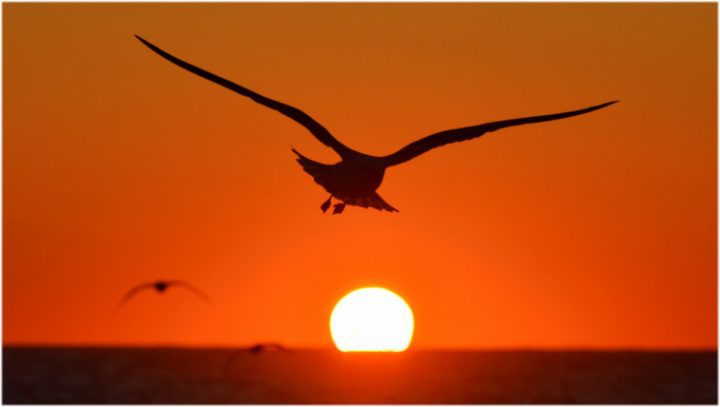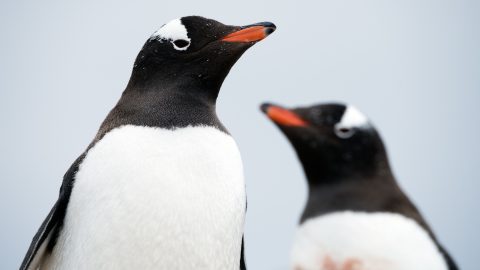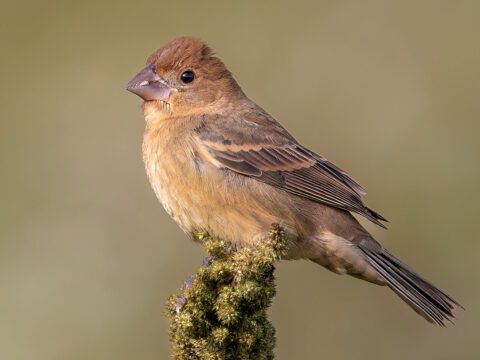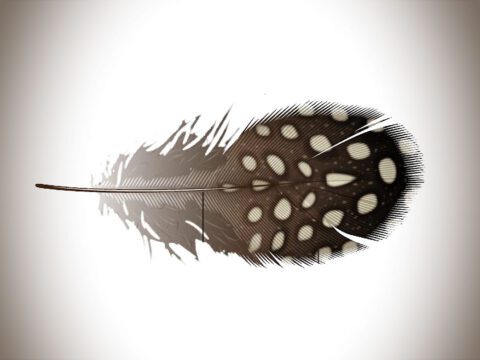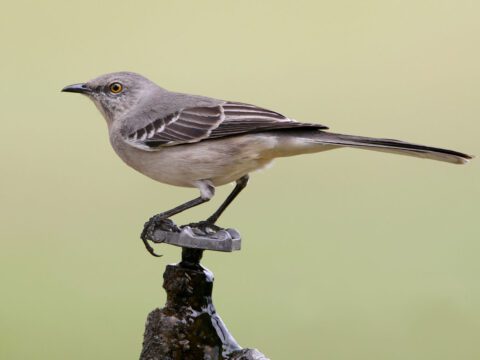The View from Sapsucker Woods: The Paris Climate Agreement
By John W.Fitzpatrick
January 26, 2016On December 13, 2015, Ithaca, New York, experienced a record 62°F. The following day’s high temperature of 64°F broke the 1927 record by 8 degrees. These are weather anomalies, presumably caused by a record-breaking El Niño building in the Pacific. Longer-term climate patterns are on a parallel course: 2015 will likely beat 2014 as the earth’s warmest year since record-keeping began in 1880, and the 10 warmest years on record have all occurred since 1998. This year the global concentration of carbon dioxide exceeded 400 parts per million, a level not previously experienced on earth for millions of years. Effects of the high-carbon energy diet of 7 billion people are now certainly upon us.
In Paris, on the day preceding Ithaca’s record highs, representatives of nearly 200 countries concluded a historic assembly convened under the auspices of the United Nations Framework Convention on Climate Change. Delegates at this 21st session of the Conference of the Parties (“COP21”) signed an unprecedented document of monumental importance. The Adoption declaration is 19 pages long, and the Paris Agreement itself is an additional 12 pages, drafted as 29 Articles.
These documents present a fascinating study in global policy and compromise. Some people complain that the Agreement is non-binding, but I find this naïve because the alternative (200 countries signing a legally binding document) was impossible. The Agreement is powerful as a unanimous, aspirational statement, and its headline-grabbing objective (Article 2) is disarmingly clear: “Holding the increase in the global average temperature to well below 2°C above pre-industrial levels and to pursue efforts to limit the temperature increase to 1.5°C above pre-industrial levels, recognizing that this would significantly reduce the risks and impacts of climate change.” Article 4 also begins clearly: “Developed country Parties shall continue taking the lead by undertaking economy-wide absolute emission reduction targets.”
Climate scientists project that to stay below a warming of 1.5°C, fossil-fuel emissions must peak no later than 2020 and the world must be entirely free of fossil-fuel use by 2050. These targets raise enormous questions about what the alternative-energy landscapes of the future will look like. In the United States we have our work cut out for us, as greenhouse gas emissions (about 6.5 billion metric tons in 2013, mainly carbon dioxide and methane) have fallen only slightly since their 2007 peak. The technological and environmental challenges are gargantuan, but we must face them.
Of special importance to Cornell Lab programs, Article 5 begins, “Parties should take action to conserve and enhance, as appropriate, sinks and reservoirs of greenhouse gases…including forests” and specifically advocates conservation and sustainable management of forests as global carbon stocks. In other words, retention and restoration of forests are essential for planetary health and human well-being. Our work and partnerships in forest conservation—such as agroforestry programs with shade-grown coffee farmers and reforestation on working landscapes for Golden-winged Warblers—will advance these goals. Article 12 states, “Parties shall cooperate… to enhance climate change education, training, public awareness, public participation and public access to information.” This goal is in lock-step with the Lab’s commitment to science communication and public engagement. Article 14 prescribes a periodic “global stocktake” to assess progress toward achieving climate stability. With birds as key barometers of environmental health, the Lab’s leadership in global bird monitoring will be vital in assessing how natural systems respond to future climate scenarios.
Paris 2015 represents a new “line in the sand.” As individuals, communities, organizations, industries, and countries, all of us must now identify how we will respond to this unprecedented call to action. Whether and how we do so may constitute the defining character of human society over the rest of this century.

All About Birds
is a free resource
Available for everyone,
funded by donors like you
American Kestrel by Blair Dudeck / Macaulay Library
